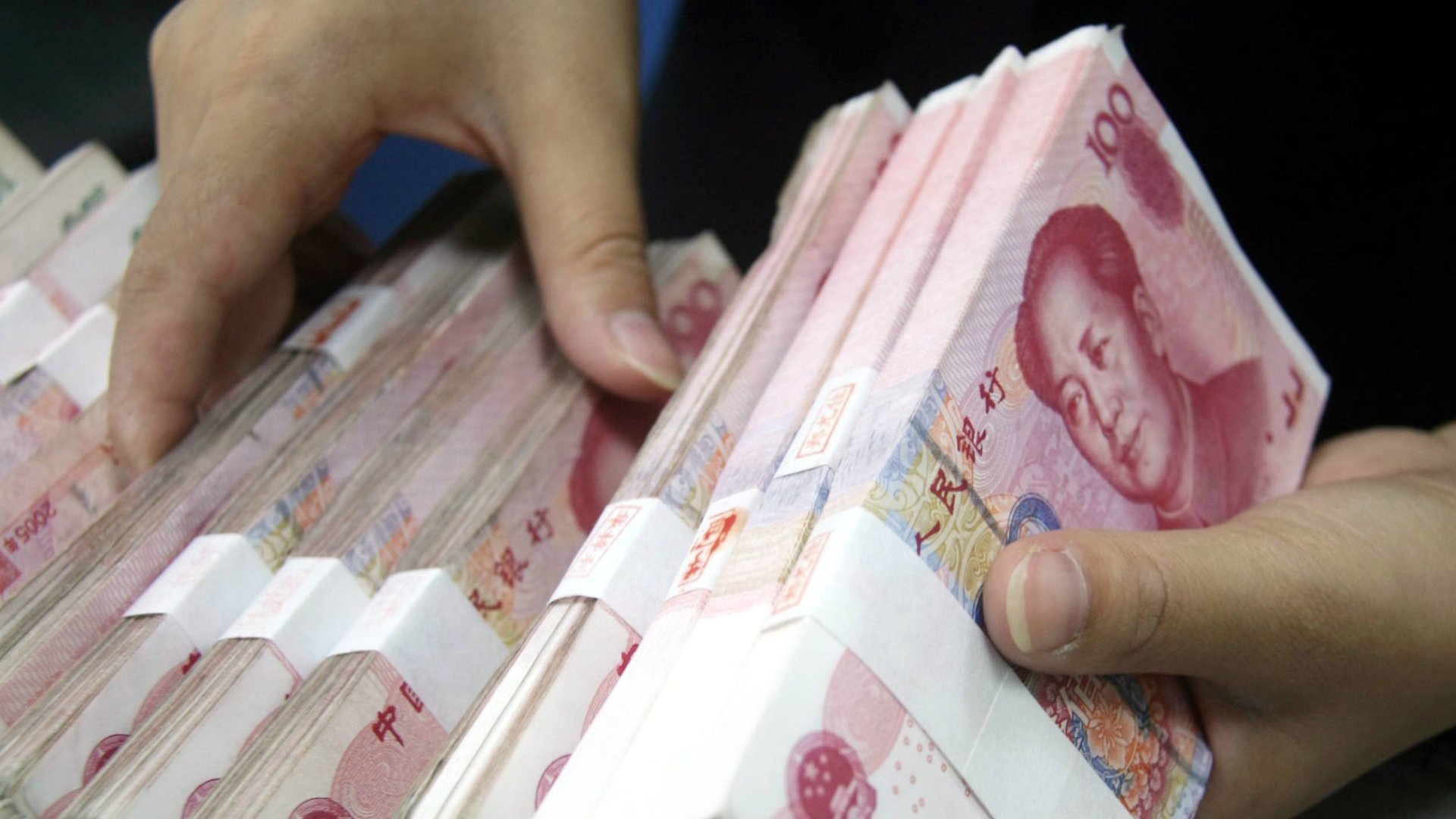China just failed to sell all of its short-term debt and a worsening cash crunch is to blame
There seems to be a shortage of cash in China. When the finance ministry auctioned off debt today (June 14), it found buyers for less than two-thirds of it—the first time in 23 months that it has failed to sell it all. Is it time to worry?


There seems to be a shortage of cash in China. When the finance ministry auctioned off debt today (June 14), it found buyers for less than two-thirds of it—the first time in 23 months that it has failed to sell it all. Is it time to worry?
There have been other signs of a cash crunch recently. Interbank lending is flagging and the seven-day rates that banks charge to lend to each other have more than doubled in the past month. Expectations that the Chinese central bank will not cut interest rates yet, as other regional banks have, are also exacerbating the squeeze. There have been reports of banks struggling to find funds and reluctant to lend.
Now, this isn’t an immediate sign that the economy is in trouble. A cash squeeze is to be expected at this time of year. Banks are hunkering down and window-dressing their balance sheets to prepare for an imminent regulatory audit, and many had stowed cash for the expected rise in demand during this week’s Dragon Boat Festival.
But there are other, less seasonal reasons for the cash shortage. The rates of return on conventional bank deposits—which are set by the state—have been poor. And pressure to fund GDP-boosting infrastructure projects has fueled the growth of shadow banking, which is often funded via “wealth management products.” These are a risky form of lending that, as we explained earlier this year, allows local-government financing platforms to take on dangerous levels of debt. The measures regulators have taken to crack down on WMPs have essentially forced banks to use up more of the cash on their balance sheets, which they can’t now use for buying government debt. Separately, regulators have clamped down on semi-fraudulent practices like fake exports to Hong Kong, and that has tightened the flow of cash even further.
The bottom line is that the cash crunch is, indirectly, a result of China’s economic slowdown, and it’s getting worse. China’s central bank will most likely have to consider monetary easing at some point. The only question is when.